
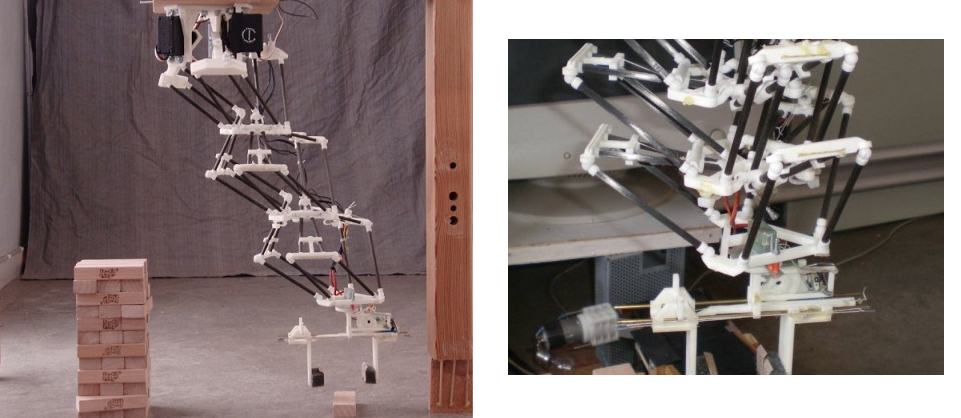
Back in the early 1980s, the brilliant Reymond Clavel invented the delta robot.
Clavel, the director of the Laboratoire de Systèmes Robotiques 2 at the École Polytechnique Fédérale de Lausanne in Switzerland, is one of the pioneers in the development of parallel robots and the inventor of the delta robot. His work has resulted in 25 patents and the formation of no fewer than six startup companies.
There have been a whole genre of delta 3D printers created since then (some of them capable of creating enormous parts), but one inventor has outlined a new vision for how delta 3D printers might work.
When Aad van der Geest saw Clavel’s delta robots for the first time, he was hooked on the efficacy of the idea. It just so happens that van der Geest is an independent developer of software and electromechanical products, and he’s invented systems from special calculators to a full color 3D printer.
As van der Geest got deeper into his examination of the technology, he found what he saw as a major disadvantage with the delta design; the robots can only operate within a relatively small volume, and so the idea for a double or triple delta device came about.

It’s a linkage of multiple delta robot segments. At the core, his idea is simple and elegant: it involves linking multiple delta arms together while leaving heavy control mechanisms and actuators attached to the base.
As all the actuation is all done from the base and linkages are all controlled from a single point, it’s possible for the arms of van der Geest’s design to be constructed of lightweight – or even featherweight – composite materials. It means the parts of his delta robot which are in motion suffer from very little inertia. It’s that lack of interia which lets the arms of the triple delta robot move at lighting speed and accelerate quickly from rest.
Because all the arms in the devices are connected to the end-effector, the result is a very stiff overall construction that doesn’t compromise weight and reduce work volume.
The inventor’s three working prototypes – one just 150 mm (6 in) long and the largest measuring more than 11 ft tall – use rotary actuators.
As part of some recent experiments with vertical linear actuators in a linear delta design, van der Geest says he’s also created a unique style of 3D printer which will, at least theoretically, be capable of large-volume build areas – and all for the sort of price you’d expect to pay for a “conventional” 3D printer.
While van der Geest isn’t ready to announce the completion of any commercial deals for the idea, he does have lots of material which demonstrate how the systems work and their potential. Do you think a double or triple delta 3D printer based on Aad van der Geest’s design could work to make enormous parts? Let us know what you think on the Triple Delta Robot a 3D Printing Gamebreaker forum thread on 3DPB.com.
If you're looking to request photorealistic CGI in the USA, our service offers an easy and efficient way to get stunning, lifelike renderings for your architectural and real estate projects. Through our platform, you can quickly request high-quality CGI images that accurately capture the essence of your designs. Whether it's for a residential or commercial property, our experts specialize in creating realistic 3D renderings that highlight every detail, bringing your vision to life with exceptional clarity and precision.
Through our website, requesting photorealistic CGI becomes a seamless experience. With our help, you can get highly detailed 3D visualizations that look just like photographs, providing a realistic representation of your project before it's even built. Our team ensures that every element, from textures to lighting, is meticulously rendered, giving you an impressive, lifelike result that will leave a lasting impact on your clients and stakeholders.
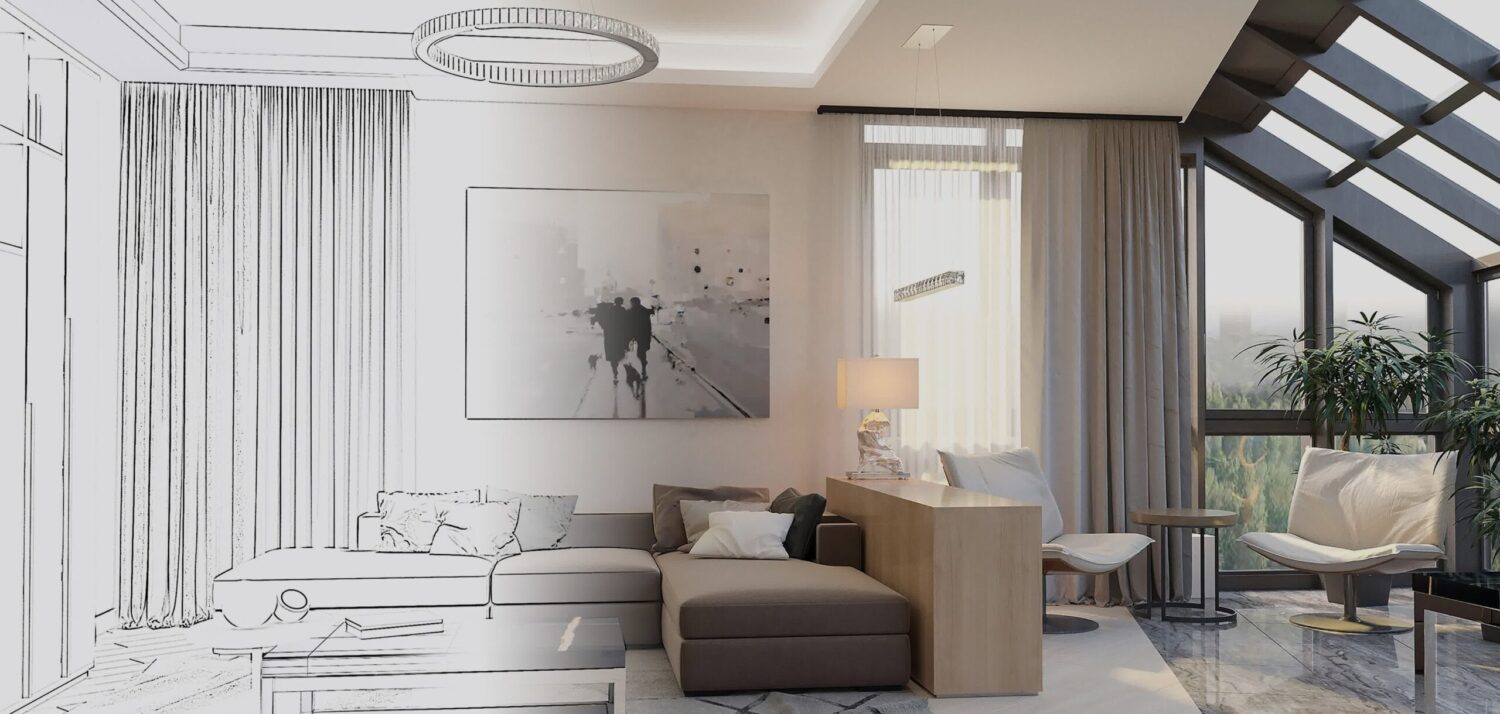
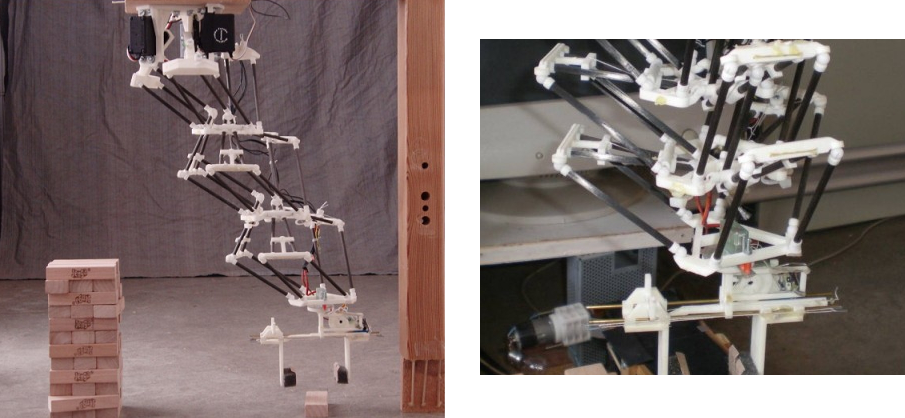
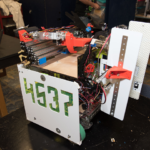
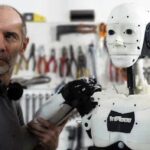
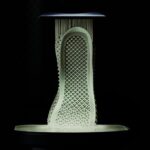
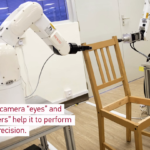
Leave a Reply
You must be logged in to post a comment.